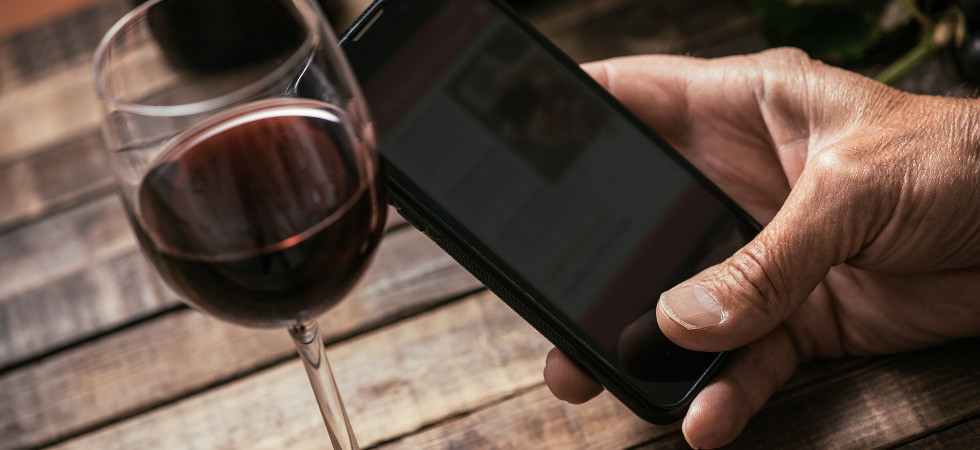Drinking good wine with good food in good company has been one of life’s most civilized pleasures for centuries. As time has changed, so has the way we source and drink wine. Technology has come so far that it has become possible to predict whether you’ll like a wine before you even open the bottle and taste it.
Tom Gearing, the managing director of Cult Wines and runner up in Season Eight of the BBC’s ‘The Apprentice’, says: “Technology is in the process of completely transforming the wine industry. The emerging technology not only maximises efficiency in vineyards but also opens new dialogue between novice enthusiasts wishing to learn more about wine, and wine experts. Through new technical advancements, wine is becoming much more of a talking point as wine drinkers can determine what key fragrances, tastes and regions they like much easier- and that’s a great starting point.”
With over a decade of fine wine investment and collection management services to a global audience, Tom narrows down five ways technology is changing the way we drink wine.
1.) Drones

It’s impossible for farmers to track thousands of acres of crops every day and maintain the same quality across all grape varieties. Drones provide vineyard owners with an overview of their crops, as well as helping determine the quality of grapes being grown. Drone technology features thermal infrared cameras mounted on the drone in order to indicate the water status and health of the grapes. Not only does this aid thriving vineyards with excellent grape quality, but it also promotes a much more sustainable form of agriculture. The pictures that the drone takes can be put into machine learning models to identify distinct soil types and assess the ripeness of grapes for harvesting. Ultimately, drones assist the growth and quality of the crops whilst being part of a much larger trend of agriculture moving from manual labor to automation.
2.) Apps
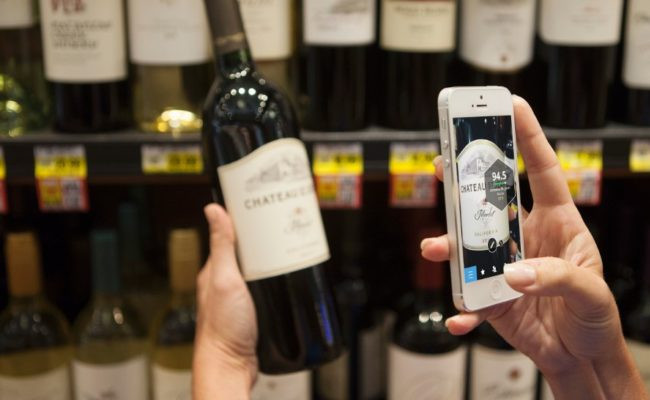
There is an app for everything, including wine. Wine apps have made it easy for the consumer market to decipher a wines age, tasting notes, region and reviews. Depending on which app you choose, you can use label scanning features to take easy note of wines you like and research the information behind them or manage and track the inventory of your wine cellar. Wine cellar management applications have eliminated the use need for manual logging of your wine collection, whilst wine scanning apps have created wider conversation between expert opinion and amateur wine connoisseurs wishing to learn more.
3.) Handheld devices
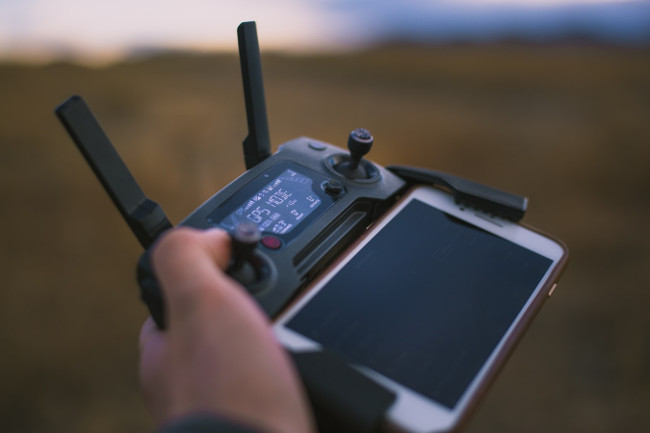
A certain percentage of fruit needs to be dead to produce the different aromas and flavors of wine. To determine which grapes are ready to be picked winemakers no longer have to send them off to the lab and await the results, but they can now rely on emerging technology. Handheld devices that use near infrared wavelengths to measure patterns of cell death can be used in the field to understand which grapes are ready to be picked. Whilst there are machines that can quickly pick the grapes, the handpicking process is gentler on valuable vines and ensures the best fruit selection. Ultimately, by combining traditional handpicking methods with new handheld technology, the best wine can be produced.
4.) Smart Wine decanters
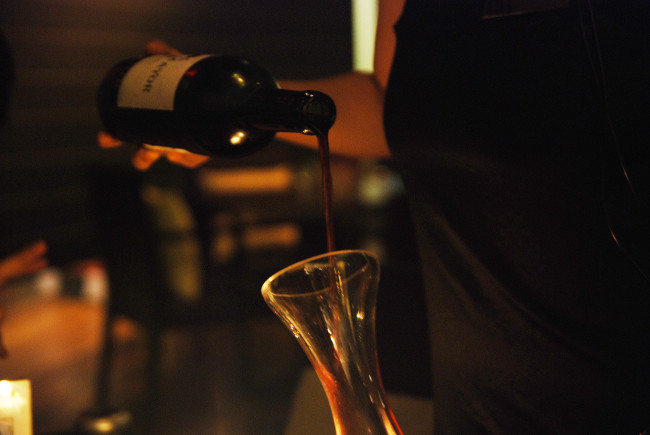
Wine decanting enhances the aromas of young wines that can be tight on the nose and increase the flavor of wine. Traditionally, wine decanting has been a slow and careful process to ensure the sediment stays in the bottle and you get a lovely, clear wine in the decanter but with smart wine decanters, this process can be completed in a matter of minutes. As part of the new technology, micro-perforated strainers remove impurities and sediment, while an aerating funnel oxygenates wine by flowing liquid across the inside walls of the glass. All in all, smart wine decanters have completely reinvented the decanting experience and reduced the traditional time-consuming limitations.
5.) Grapevine algorithms
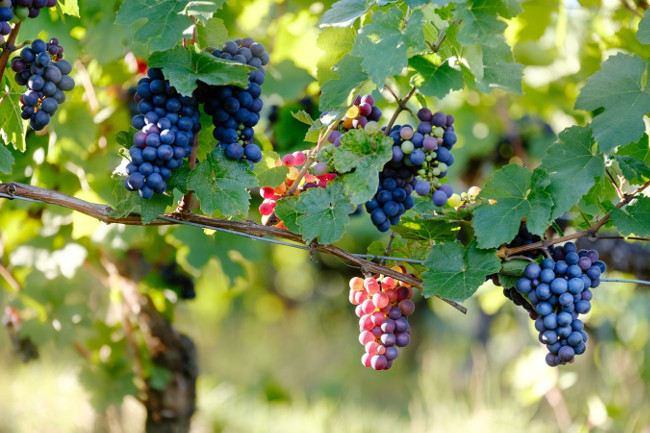
Telling grape varieties apart can be a tricky and complicated process. However, thanks to machine learning algorithms this process is becoming easier as technology advances. By taking pictures of vine leaves and running them through a machine learning algorithm, technology can give information about water stress across the vines and fertilizer status. As the algorithm records the pictures, it remembers the patterns meaning every time you use the technology, the easier the process is to tell grape vines apart.












